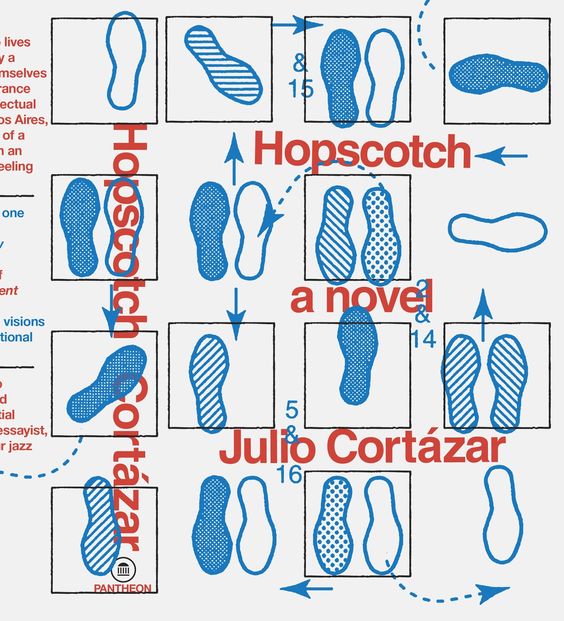I use the terms “affordances” and “constraints” fairly frequently, and I think they will be very useful terms for you to consider when you’re working on your podcast episodes, so I want to give you at least a basic sense of how these terms work.
Affordances
The concept of an affordance was introduced in the 70s by the perceptual psychologist James J. Gibson in The Ecological Approach to Visual Perception, defining an affordance as “an action possibility available in the environment to an individual, independent of the individual’s ability to perceive this possibility.” In the 80s, the concept was picked up and redefined by the designer Donald Norman and introduced to the Human Computer Interaction community in his book The Psychology of Everyday Things, where it was emphatically accepted and taken up. (Here’s a fuller explanation of how Norman uses the term in a design context, but I resist his narrowing of the term to only apply to perceived affordances.)
I generally find Gibson’s sense of the term to be more useful as a critical category. We might ask questions like “what are the affordances of this technology/method?”or “Are they taking advantages of the affordances available to them?”
Such questions prove to be especially useful, as an example, if we look at the New York Times online and ask whether that publication is really fully utilizing the communication strategies available with an online publication or whether they are really just porting their print journalism over to a digital space. We might ask whether they are using images, video, audio, or data visualization effectively and deeply, and whether the nature of how they do journalism shifts substantively when it’s in a digital space because there are different possibilities available to them to explore.
I might also ask you whether you are taking advantage of the affordances offered because you are publishing your work for this class to the web. If you approach all of the assignments this semester by opening a new document in MS Word and writing traditional 4-page essays and then you just paste them onto a page of your site and hit publish, then what opportunities are you missing to communicate your ideas in this space? How might you approach your writing differently for this class now that your website has different affordances available to it then were available when you typed an essay and printed it out?
Constraints
Just as every technology or method has certain affordances available to it, they also have the inverse: constraints. Constraints are limitations imposed by that technology, which limit the ways in which you can use that technology. In our context, we’ll probably most often use the term to ask whether a publication manages to creatively work around certain constraints that are imposed by a system, or whether they have mistakenly chosen a method of production or publication that brings with it constraints that undermine key aspects of their project.
For example, we might ask whether George Pullman undermines his primary goals by choosing to publish Writing Online as a print book, losing the ability to search, link, copy and paste, and so on. Pullman devotes a fair amount of space in his introduction to addressing exactly these questions and explains why the affordances available in the print book and the additional publication of the online companion to the text serve to ameliorate such constraints, but they are still fair questions for us to consider.
Why affordances and constraints are such useful terms
Moving forward, when you communicate with other people, I hope that you’ll learn to at least implicitly, if not actually explicitly, think critically about whether the methods you choose to do so provide affordances that allow you to do effectively without also bringing along constraints that will undermine your efforts. And once you have thought about the affordances and constraints a technology brings with it, you might find that there are ways to hack the technology such that you can do more with it, and avoid the limitations, in order to be more successful.

